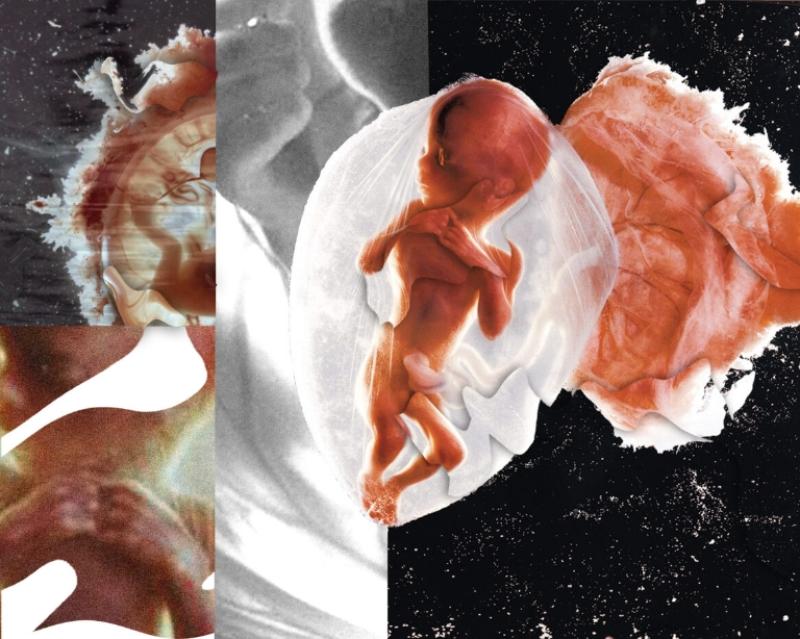‘A lot of aborted fetus debris’


Certifiable whackjob Robert F. Kennedy Jr. is now claiming that there is “a lot of aborted fetus debris” in the vaccine that protects against measles, mumps, and rubella

Just make shit up.
MAGA will believe anything. No evidence required.


No there isn’t. This is tinfoil-hat bonkers nuttery. But it’s a time-tested, very popular form of tinfoil-hat bonkers nuttery. It’s a variation of the “ Satanic Baby-Killers Are Putting Dead Babies in Pepsi!!1! ” nonsense that has been bubbling around white evangelicalism ever since these pious segregationists were first shocked to realize that most of their neighbors did not regard Bull Connor as the obvious moral superior of the children he was training his police dogs to attack.
It is, like every form of Satanic baby-killerism, a desperate, foolish lie that desperate, foolish people tell themselves in the hopes of tricking themselves into believing that they are entitled to always identify as intrinsically Good People even when they’re obsessed with hating widows, orphans, aliens, and the poor. Satanic baby-killerism is the lie that lets you tell yourself you’re a Good Person and thereby ensure that you will never, ever need to stop being a Bad Person.
That takes you to absurd places where — in order to protect your self-regard as a Good Person and as The Better People while still being defiantly hateful — you declare yourself opposed to life-saving vaccines in the name of being “pro-life” and try not to listen too hard to yourself as you babble nonsensically about how they grind up dead babies so they’ll fit in a syringe.
By the way, Bobby Jr. also does not believe in the germ theory of disease. That’s not my characterization of his views or my criticism of him, it’s something he says — proudly and publicly — about himself .
The nonsense about “aborted fetus debris” in vaccines is his way of ensuring that “pro-lifers” will continue to support his explicitly eugenic agenda of allowing natural selection to weed out the botched and the bungled and the weak so that they do not become a burden to the ubermenschen .
Whatever


This man is responsible not only for YOUR health - he's responsible for the health of everyone in this country. He manages preventive medicine. He manages disease control. He manages medical research.
He's a crank. He'll kill a lot of people.
He's the most unqualified person for his post. Courtesy of Trump. ☹️
I don't know about that. Remember he hired Rick Perry who was completely misinformed of what his position of Secretary of Energy was.
Fair point.
No, not really.
Everyone is responsible for their own health. No one but you and your medical team should rely on someone else to keep you healthy.
It's called personal responsibility rather than "I need someone to tell me" bullshit that seems so prevalent in some circles. And people wonder why healthcare costs are so high. A sniffle isn't pneumonia...............
I sincerely hope you never need heart surgery. Doing that on yourself is gonna be tough.
So next time you need a colonoscopy please send pictures of you doing it to yourself.
Possibly you do not understand the meaning of "responsible for your own health" and where I specifically stated
"No one but you and your medical team "
Those that do colonoscopies are part of that medical team.
Bad fail at a gotcha..
1.2.4 is for you too, especially the last sentence.
So you opinion is that you are responsible for your own health unless you're not. 2 sentences with diametrically opposed statements.
You're trying to eat your cake and have it too.....
Still not getting it. Let me go a little more simple.
YOU are responsible to get your annual
YOU are responsible to get your colonoscopy and any other procedure your doctor recommends you get. No one os going to hold your hand to get these things done.
YOU are responsible for what you eat.
YOU are responsible to take the medication prescribed to you
Hope this makes it more clear to you.
Then why bother having doctors, hospitals, or medicine on general?
1.2.4 is for you too.
#1 & 1.2.8 is for you.
And I responded accordingly.
Another fail at a gotcha
As did I. No gotcha involved.
LOL!
You keep saying the same 2 contradictory things, just in different ways.
No, I am saying you and your medical team are responsible for your health.
NO ONE ELSE!! ESPECIALLY SOMEONE IN THE GOVERNMENT
Get it now?????
They get it. They just hate rational discussions and prefer memes.
Seems like some here rely on the government to tell them how to manage their health.
Cradle to the grave is a real thing for some.
To be honest, although Bob overstated the reality, the government does have quite a bit to say about our health. They approve or disapprove drugs and treatment regimens, for instance, which can affect you personally. It isn't the case, though, that Kennedy is deciding who gets treatment and what kind.
Unfortunately, true. I think the public education system is tending towards creating mindless consumers who think responsibility is the government's job, not theirs. Some seem to want a system designed to provide their preferred life so all they have to do is enjoy it. They believe in a laundry list of rights that they are born with and it's up to the government to provide it.
I still can't get over how unbelievably stupid it was to appoint a dedicated anti-vaxer whose health-care and medicine views are so twisted to be in control of the health of the nation. God help all you Americans.
Information about how these vaccines are produced.
More information from a link in my previous post.
While Kennedy's "aborted fetus debris" comment is, to my mind, highly misleading, he's not completely wrong, apparently. When I first read this, the first thing I wondered was how did they separate the vaccine from the cell in which it was produced? I could not imagine that they could remove 100% of it, considering the microscopic scale of the issue. If the above information is correct, it was about what I imagined it would be. Fragments in the billionths or less without the ability to affect anything, according to researchers.
What difference does it make if fetal tissue is used? Who cares? It's the vaccine that is important.
I don't know. You ask that as if someone raised the question. I haven't seen it, if so.
Yes. You state the obvious. Is there a point you wish to make beyond that?
What's the point of bringing up fetal tissue in relation to vaccines?
I did not bring it up. It was an integral part of the seed. I provided presumably scientific information for informational purposes in order to help people form an informed opinion.